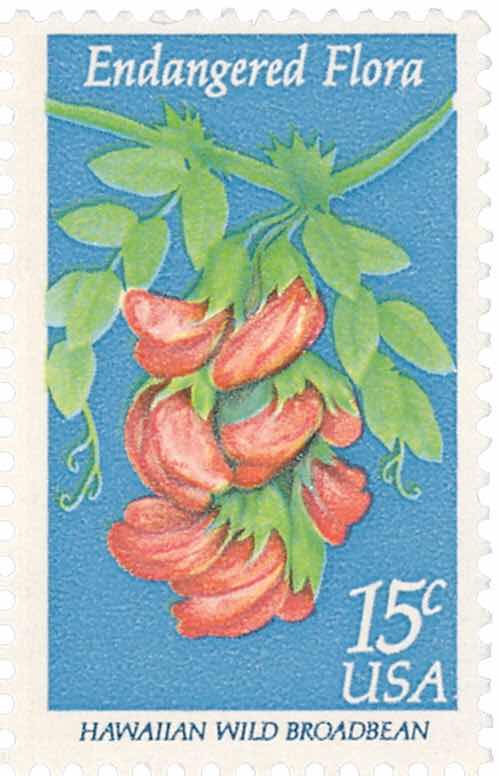
A cover from the beautiful Hawaii Islands , USA 🇺🇸 with stamps featuring the islands and activities :)
Postmark :
Description
Honolulu, on the island of Oahu’s south shore, is capital of Hawaii and gateway to the U.S. island chain. The Waikiki neighborhood is its center for dining, nightlife and shopping, famed for its iconic crescent beach backed by palms and high-rise hotels, with volcanic Diamond Head crater looming in the distance.
National Parks Centennial
Date of issue : May 3, 1972
This stamp commemorates the 100th anniversary of National Parks and honors the City of Refuge, a National Historic Park established in 1961 at Honaunau, island of Hawaii. The City of Refuge contains the platforms of three temples and the remains of dwellings of great chiefs. The stamp design features the old Hawaiian god “Kii,” who protected those who broke taboo customs by enabling them to obtain purification from temple priests.

Endangered Flora
Date of issue : June 7, 1979
This stamp is part of a se-tenant issue showcasing four of the more than 1700 plant species likely to become extinct if threats to their existence are not removed. The stamps were issued during the National Convention of the Garden Clubs of America. Vicia menziesii is a rare species of flowering plant in the legume family known by the common name Hawaiian vetch
Duke Kahanamoku
Date of issue : August 24, 2002
American Samoa Islands
Date of issue : April 17, 2000
The United States and American Samoa celebrated 100 years of unity in the year 2000. The alliance between the two countries was formed in 1900, when Samoan chiefs ceded the islands of Tutuila and Aunuu to the U.S. Four years later, America was given the Tau, Ofu, and Olosega islands, as well as Rose Atoll. Swains Island became part of American Samoa in 1925.
The volcanic islands and coral atolls that comprise American Samoa are located in the Pacific Ocean between Hawaii and Australia. Their total area is 76 square miles. Tutuila is the largest and most populated island, where the country’s capital of Pago Pago is located. The city, Samoa’s only port and urban area, lies on one of the most beautiful harbors in the South Pacific.
The people of American Samoa are United States nationals who owe allegiance to the U.S. The Samoan constitution provides for an elected governor, lieutenant governor, and legislature.

Wonders of the sea
Date of issue : October 3, 1994
First-time stamp designer Charles Lynn Bragg combined fish, birds, boats, and divers to create a colorful portrayal of the plant and animal life found in the world’s oceans. At the Postal Service’s request, four underwater themes were shown: recreation, scientific research, exploration, and commercial fishing.
















 Menorah candles on the second day of Hanukkah in Jerusalem Westerm Wall
Menorah candles on the second day of Hanukkah in Jerusalem Westerm Wall 
 Menorah candles lighted during Hanukkah in a building opposite the Nazi buildings in 1932.
Menorah candles lighted during Hanukkah in a building opposite the Nazi buildings in 1932.

















